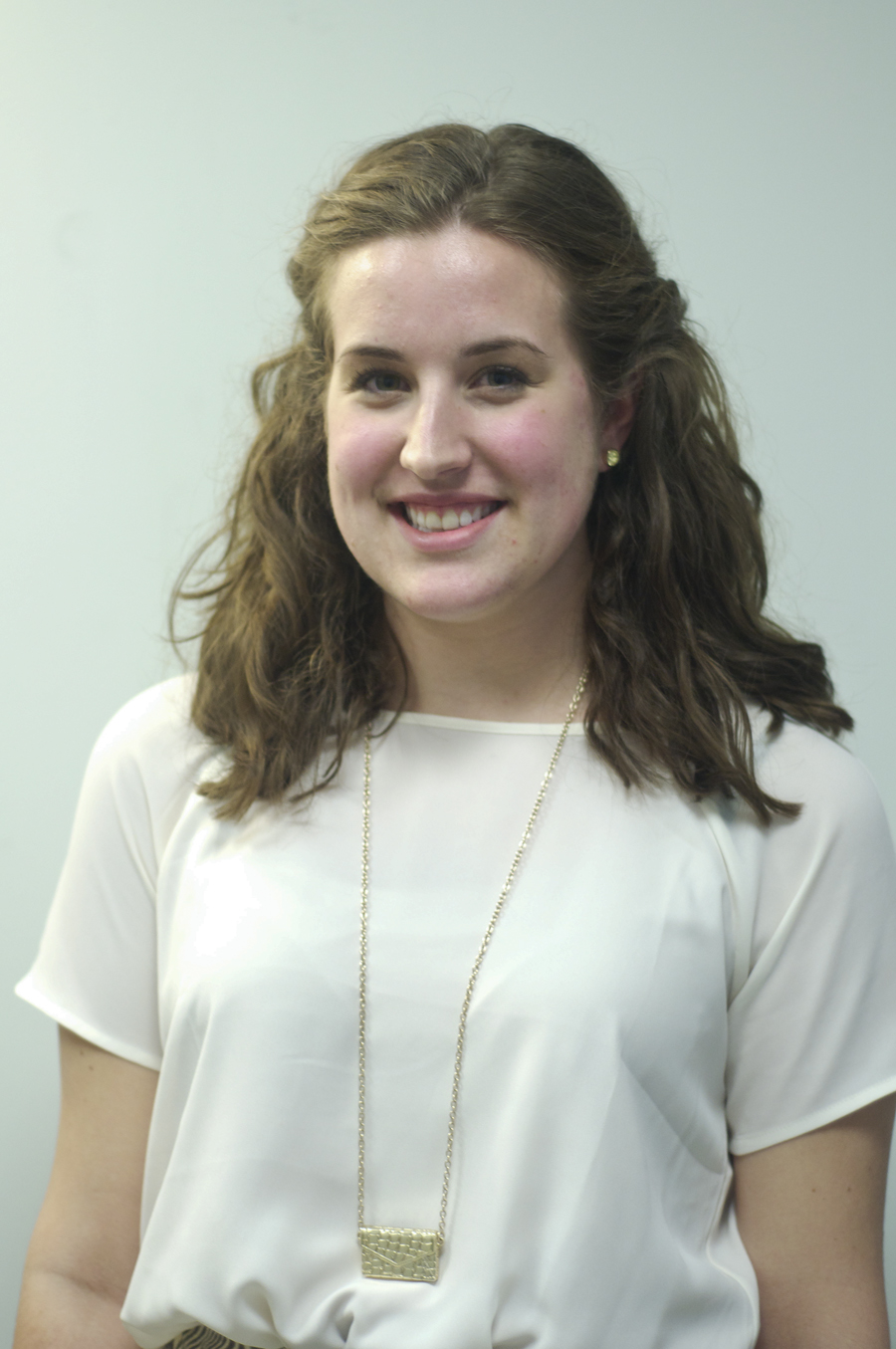McGill Tribune: How does your experience working with SSMU qualify you for the position of president?
Katie Larson: I have been working with SSMU for a very long time now, around three years. The second year I started as VP External of Music Undergraduate Student Association, and so I sat on SSMU legislative council. And then last year, as president [of MUSA], I worked with Maggie and the other student presidents. This year, I’m back as legislative councillor and [VP] internal again, and I’ve put a lot more time into committee work, doing events, steering committee, external affairs, and funding. So it’s been a really good experience. The first time I did the SSMU thing I was working a lot for clubs & services … and then I worked there this summer as one of the culture/project coordinators. So I have a pretty good grasp on how it works day to day and what really goes on and where it is really going.
MT: Based on that experience what would you say the most important role of the president is?
KL: I think the president really needs to not only have a good kind of vision and grounding on what they think SSMU should be doing, but also needs to understand their role and responsibility, not only within SSMU, but also [as a representative of SSMU to the university]. They need to have a good grasp of what’s going on and a good understanding of how to say, “This is the situation,” or “this is what’s going on.
MT: What are your vision and grounding and voice for the SSMU president?
KL: Something that I see [not] as a challenge but as an opportunity as well is to really try to get more face time with students, both with SSMU executives as they’re representing so many different students … [I will] try to have as much of an open door as possible.
I also really want to keep the push going towards collaboration between the student associations, [and] the student groups on campus. Since I’ve been here working in them, I’ve seen it really go from the first year I did it … and since that’s where my background is, I’d like to bring that forward and see how we can get services involved in that.
Within the university, I [also] think that the things that the university should be really looking towards are from the student services perspective. Mental and physical health, [are] always an issue here. [There are] ways to improve that, not necessarily from [only] a budget perspective. I think having to commit to better communication about it or just keeping the website updated; just little things to make sure that everybody knows how to help themselves, even possibly asking each other how to partner or work with other things around the community to increase those services would be interesting.
On the academic side, two things that we have discussed at length with Professor Mendelson, have been advising and course evaluations, that is [deciding] when [course] evaluations [should] happen. [And also] making sure professors are following the rules about the syllabi. We’ve discussed different ways that it could be remedied. I think it’s very feasible; it’s just something that needs to be pushed through the channels, especially at Senate and at academic policy committee. I think that could happen next year.
Within SSMU, I’d really like to review the way that we do student staffing executive positions, because as president I’d be in charge of human resources, [I would be] looking for potentially other sources of funding, whether it be government or provincial grants to come in, to have us increase student staff hours or jobs if we can. And for the executive positions, they need to be more clearly defined in the constitution and bylaws so that the mandates can be clear and people can have more of a way to feel that they’re really empowered by legislation for the job to move forward with it.
MT: Speaking of consultation and engagement, do you have any plans to bolster GA participation, or do you have any plans for the GA now?
KL: It’s absolutely a necessity to have [a GA] when we need it. So for example, last year there was a 1,000 people at a GA because there was a serious issue, which was going on strike or not. So that’s an example [that if] people really want to make a strong decision, the platform needs to be available for it to happen. However, I don’t think that it’s necessarily productive or helpful if we’re just telling people, “Oh, come to the GA. Make a motion because we have to have a GA motion.” There’s not really any substance behind it. It’s not really helping anybody.
Click here to see the Tribune’s endorsements.









